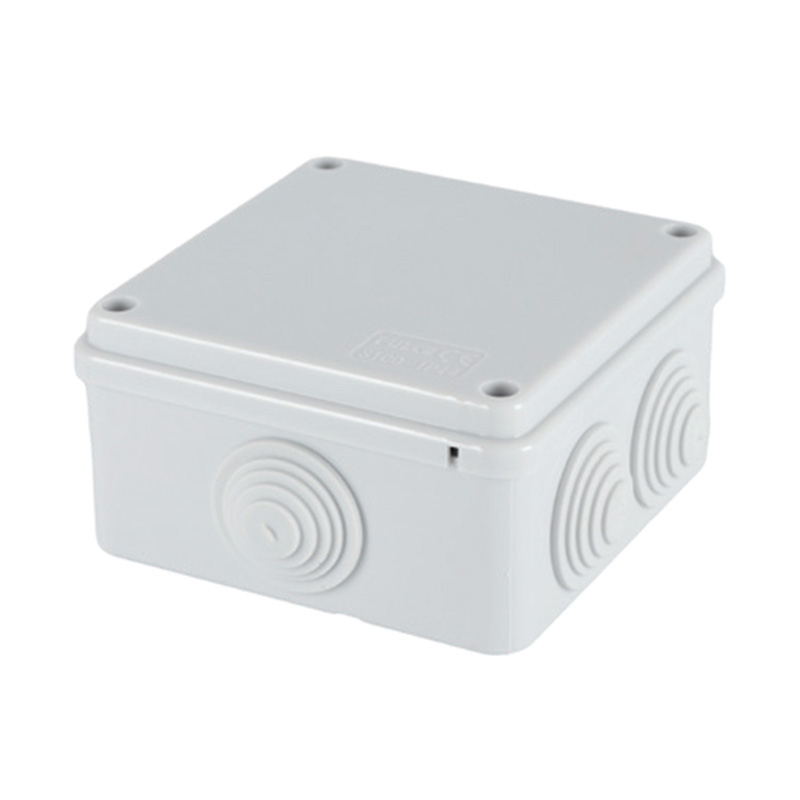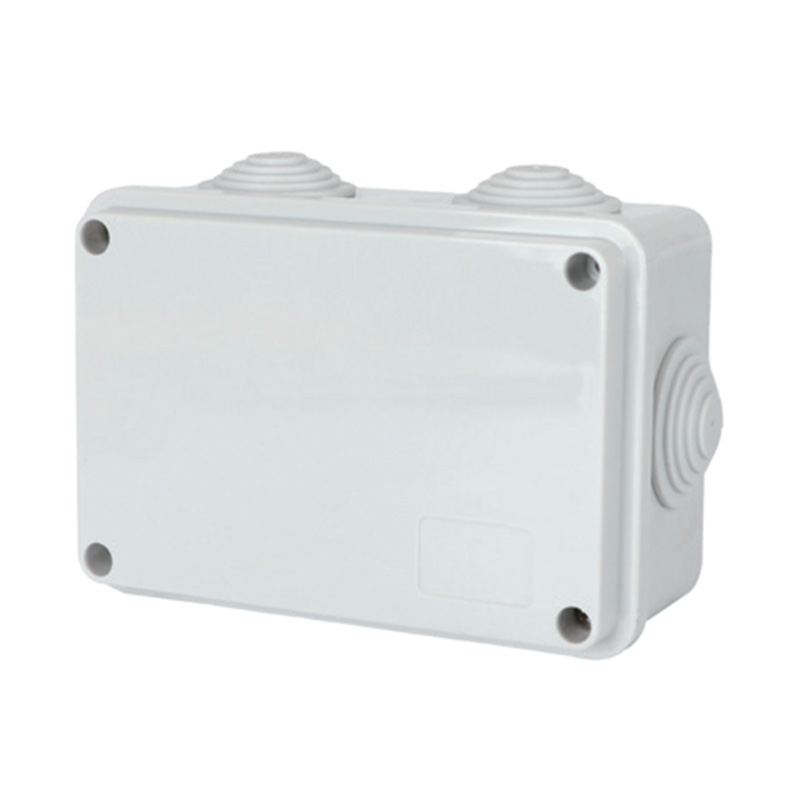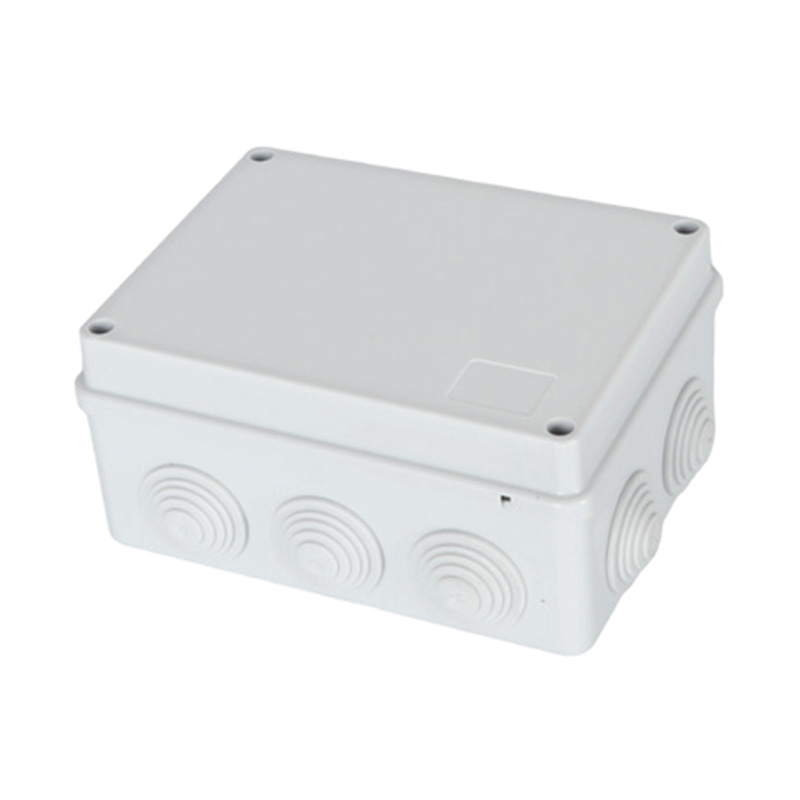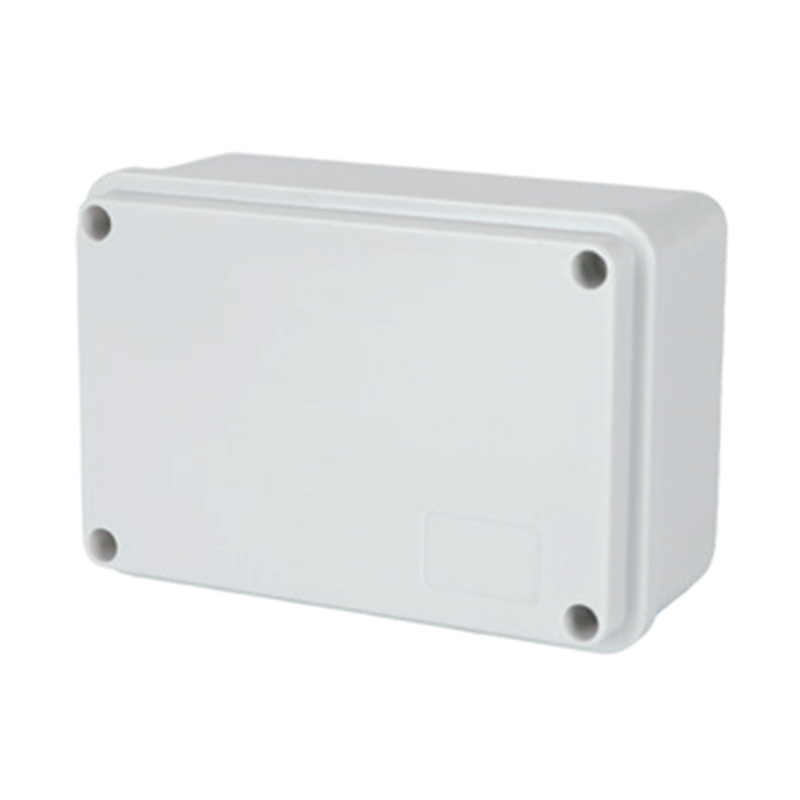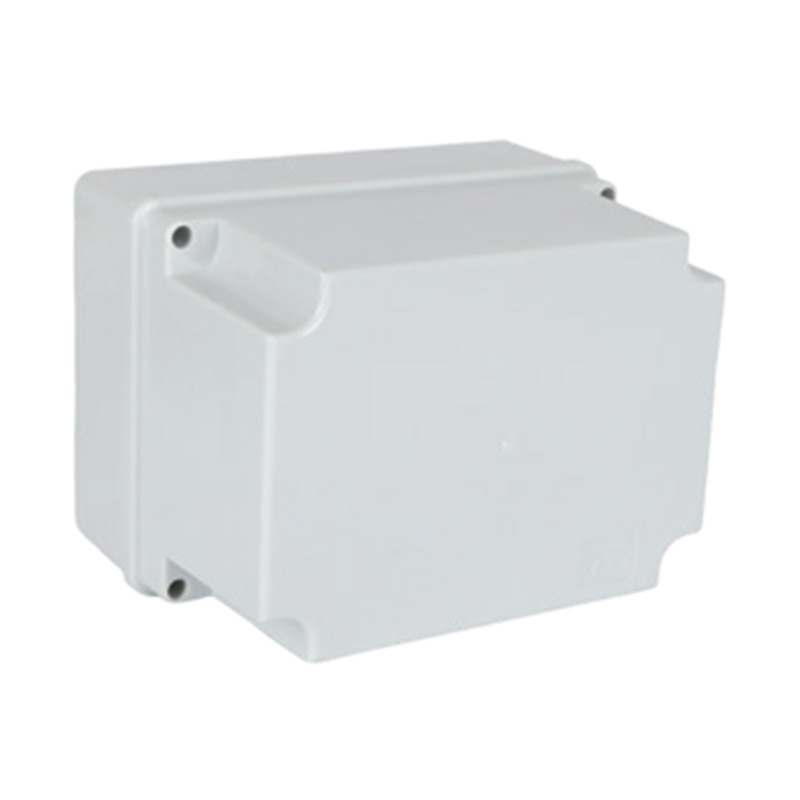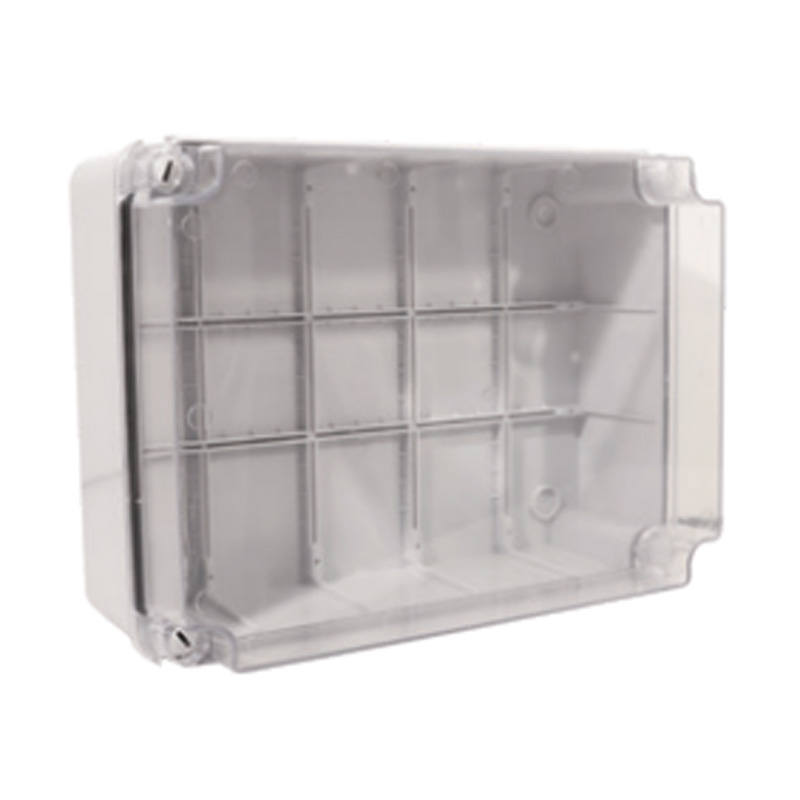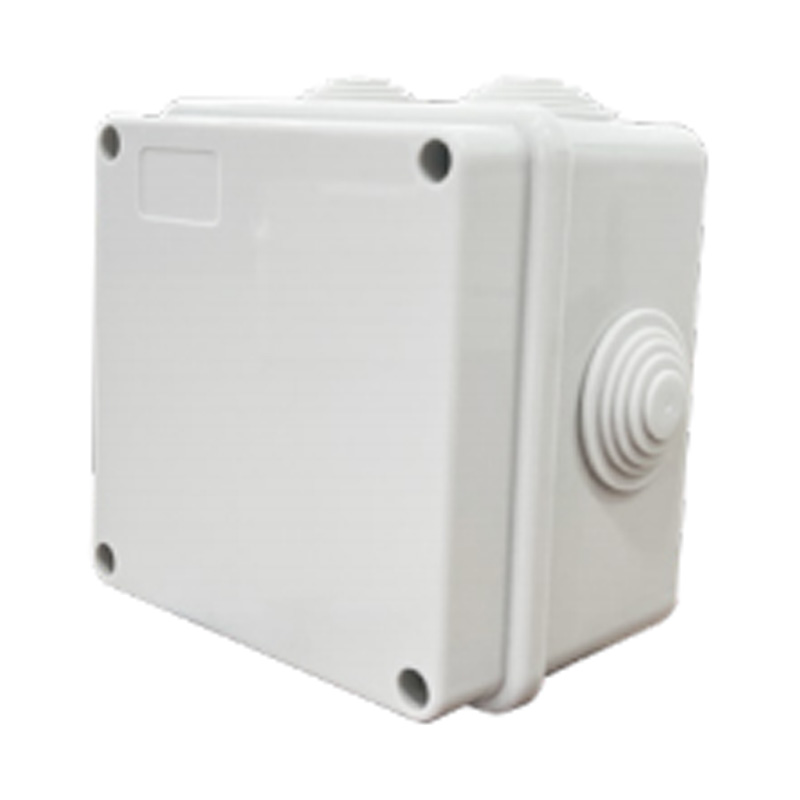How Resilient is High-Temperature Split Wire Loom Tubing?
 2025.09.19
2025.09.19
 Industry news
Industry news
When it comes to protecting electrical wiring systems from harsh environmental conditions, high-temperature split wire loom tubing emerges as a reliable solution. But how well does it fare in high-temperature settings?
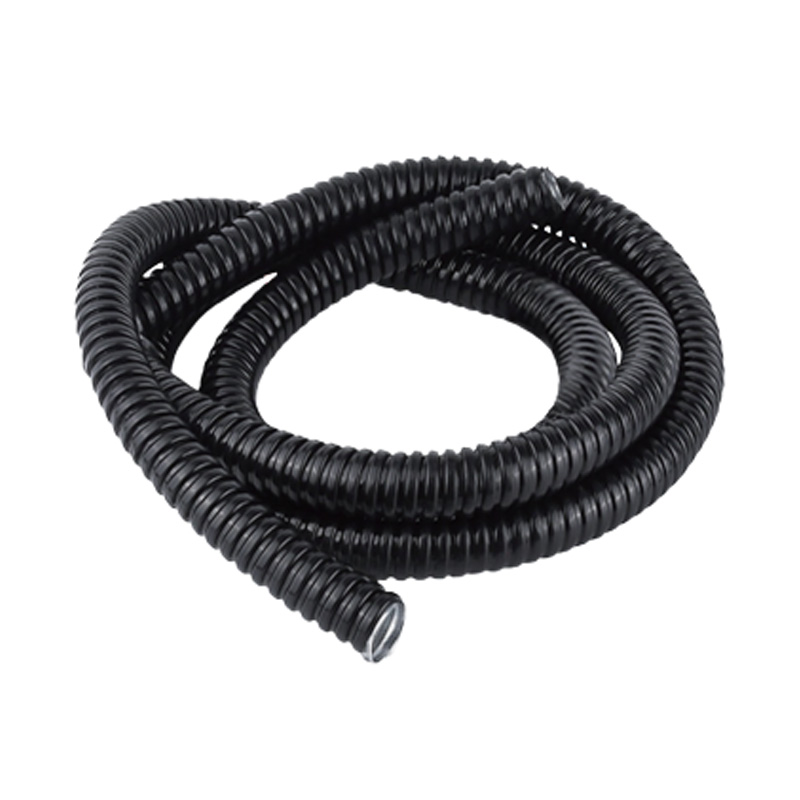
Usage of High-Temperature Split Wire Loom Tubing
In the realm of automotive and industrial applications, the protection of electrical wires is crucial to ensure the safety and efficiency of operations. High-temperature split wire loom tubing serves as a protective layer that shields wires from abrasion, heat, and other environmental hazards. Its split design allows for easy installation and removal, making it ideal for applications where wires may need to be accessed frequently.
The primary use of high-temperature split wire loom tubing is in environments where standard wire loom may not suffice. This includes areas with high heat exposure, such as near engines or in machinery with significant thermal output. It is also used in applications requiring resistance to chemicals, oils, and other fluids that may come into contact with the wiring system.
High-temperature split wire loom tubing is favored for its flame retardancy and low smoke emission properties, which are essential in preventing the spread of fire in critical areas. Its durability and resistance to UV rays make it suitable for outdoor applications where exposure to sunlight is inevitable.
The usage of high-temperature split wire loom tubing is vast, spanning from automotive underhood applications to industrial machinery and even aerospace equipment. Its ability to withstand high temperatures and protect wires from various threats makes it a valuable component in any electrical system that demands robust protection.
Dimensions and Specifications of Wire Loom Tubing
Understanding the dimensions and specifications of wire loom tubing is essential for selecting the appropriate product for a given application. High-temperature split wire loom tubing comes in a variety of sizes to accommodate different wire bundle diameters and thicknesses.
The standard measurement for wire loom tubing is its inner diameter (ID), which refers to the width of the opening through which wires are threaded. Common sizes range from a few millimeters to several centimeters, catering to a wide array of wiring configurations.
In addition to the ID, the wall thickness of the tubing is another critical specification. Thicker walls provide greater protection against abrasion and impact, while thinner walls offer flexibility and ease of installation. The material composition of the tubing also plays a role in its performance, with materials like silicone and fiberglass-reinforced materials being popular choices for high-temperature applications.
Color coding is another aspect of wire loom tubing specifications. While it primarily serves an aesthetic or organizational purpose, it can also indicate specific properties of the tubing, such as temperature resistance or material type.
It's important to consider the application's specific requirements when selecting wire loom tubing. Factors such as the temperature range, exposure to chemicals, UV resistance, and the physical environment should all be taken into account to ensure the chosen tubing meets the necessary specifications.
The dimensions and specifications of wire loom tubing are crucial for ensuring the effective protection of electrical wiring systems. By carefully selecting the appropriate size, material, and additional features, one can optimize the performance and longevity of the wiring system in high-temperature environments.


 English
English 中文简体
中文简体 Español
Español عربى
عربى

